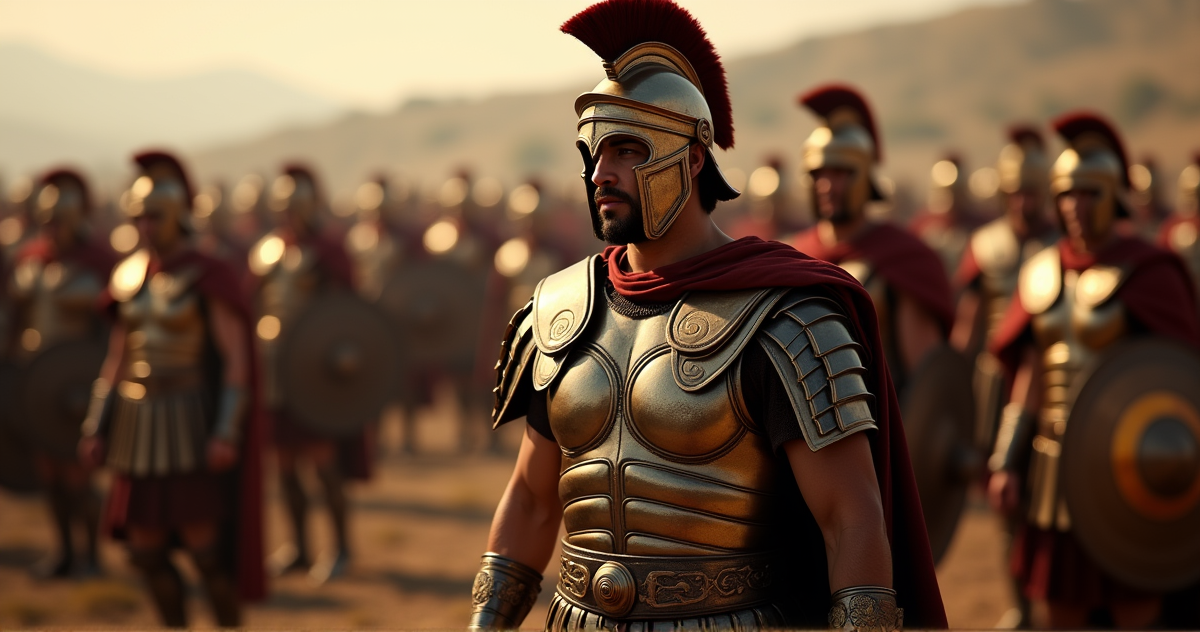Okay, I need to vent. And if you’re a history buff like me, maybe you feel the same way. It’s about movies. Specifically, historical movies. And specifically, the way Hollywood seems determined to get Roman history spectacularly, consistently wrong.
I love a good historical epic. Really, I do. But watching some of these films feels less like enjoying a story and more like a slow, agonizing descent into historical inaccuracy. It’s distracting, honestly.
It started with Gladiator. A fantastic movie, don’t get me wrong. But the armor? The weaponry? The sheer cleanliness of everything? It was…off. And it’s been a recurring problem ever since.
The Roman Look: Not So Shiny
Let’s talk about armor for a second. You see these gleaming, polished breastplates in almost every Roman film. But that’s not really how it worked. Roman soldiers weren’t running around looking like they’d just stepped out of a magazine. Their armor was functional. It was made of metal plates strapped to leather, and it got dented, scratched, and covered in grime. It was practical, not pretty.
And it wasn’t all about shining metal. A lot of Roman soldiers relied on lorica segmentata – layered iron plates. It offered good protection but wouldn’t have been polished to a mirror sheen during a battle, or even generally.
It’s a small detail, but it adds up. It makes the whole thing feel…fake.
Barbarians Aren’t Just Randomly Scruffy
Then there’s the depiction of “barbarians.” Hollywood loves to paint them as wild, unorganized hordes. While life was certainly different for people outside the Roman empire, it wasn’t just chaos. Many “barbarian” tribes had complex social structures, sophisticated weaponry (often better than what the Romans used in certain situations!), and their own distinct cultures.
Reducing them to just screaming, face-painted brutes feels…lazy. And frankly, a bit disrespectful.
Battles: It’s Not Just About Charging
Roman battle tactics were incredibly complex and focused on discipline, formations, and logistical support. What you often see in films is just…a charge. Everyone runs at each other, swords swinging, and that’s it.
While direct engagements did happen, Roman armies were masters of building fortifications, using siege weaponry, and employing complex maneuvers. They didn’t just hope for the best. They planned.
I remember reading a historian point out that a lot of these “battle scenes” look more like medieval melee combat than anything remotely resembling Roman warfare. And it’s true.
Why Does This Matter?
I know, I know. It’s just a movie. But I think these details do matter. Historical films have the power to shape our understanding of the past. When they get things wrong, it perpetuates myths and misrepresentations.
It’s not about demanding perfect accuracy. (A little artistic license is fine!) It’s about showing a little respect for the past and making an effort to get the basics right.
I’m not saying Hollywood needs to hire a full team of historians for every historical epic. But a little research goes a long way. And honestly, I’d enjoy the movie a lot more knowing they’d at least tried.
